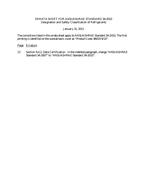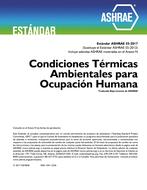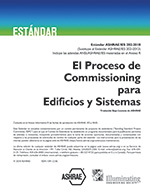Description
This paper is based on findings resulting from ASHRAE Research Project RP-1467.
The work was completed under ASHRAE Research Project RP-1467, Balancing Latent Heat Load between Display Cases and Store Comfort Cooling. The overall objective is to provide a comprehensive assessment of the potential for energy savings in supermarkets by optimized design and operation of the combined HVAC and refrigeration systems. The research addresses the impact of supermarket design, HVAC and refrigeration system design, temperature and humidity set points, and store location. The study uses EnergyPlus (DOE 2011) as the simulation tool for modeling supermarkets and generally found good agreement with both measured results and expected outcomes on an individual variable level. A prototypical store was developed based on surveys of practitioners in the supermarket industry and the DOE national laboratories. Parametric and fractional factorial analyses were conducted on the prototype store to explore the impact of supermarket and system characteristics on energy performance. The results show that, contrary to initial expectations, the HVAC factors have relatively little influence over supermarket energy consumption. Refrigeration factors dominate supermarket energy issues, and changes to the HVAC design, zoning, or humidity set points of the supermarket have little overall influence. The refrigeration factors with the greatest influence are refrigeration capacity, case layout and lineup, and factors that affect the sensible and latent cooling effect of the cases on the store environment. Furthermore, the same refrigeration factors have a dominant influence on the HVAC system sizing and energy consumption. Unfortunately, the impact of HVAC design factors, including airflow rates, demand controlled ventilation, heat pipes, coil circuiting, and zone set points, results in store energy changes of less than 1%. While this small relative savings may represent significant absolute costs, serious efforts to affect supermarket energy use should not focus on HVAC strategies.
Citation: 2017 Winter Conference, Las Vegas, NV, Transactions, Vol 123, Pt 1
Product Details
- Published:
- 2017
- Number of Pages:
- 12
- Units of Measure:
- Dual
- File Size:
- 1 file , 2.4 MB
- Product Code(s):
- D-LV-17-002




